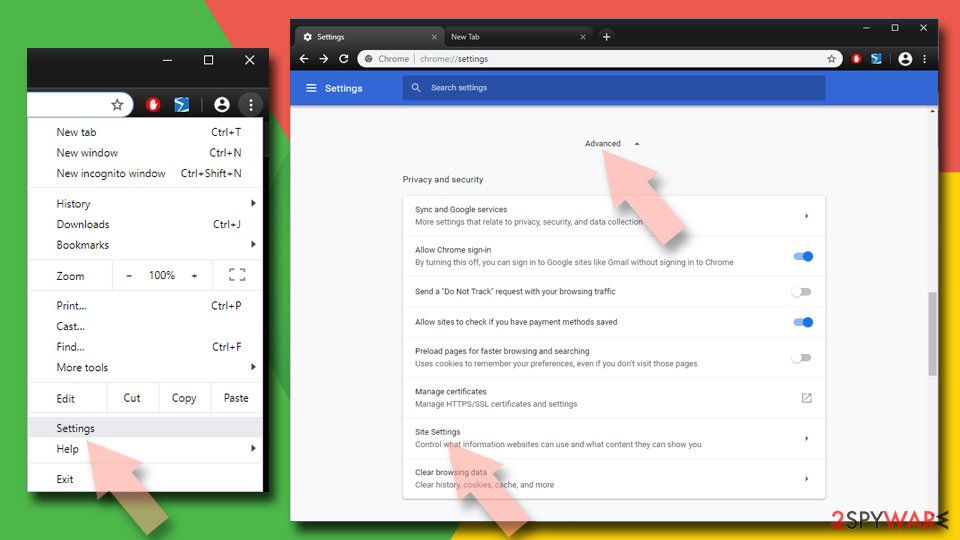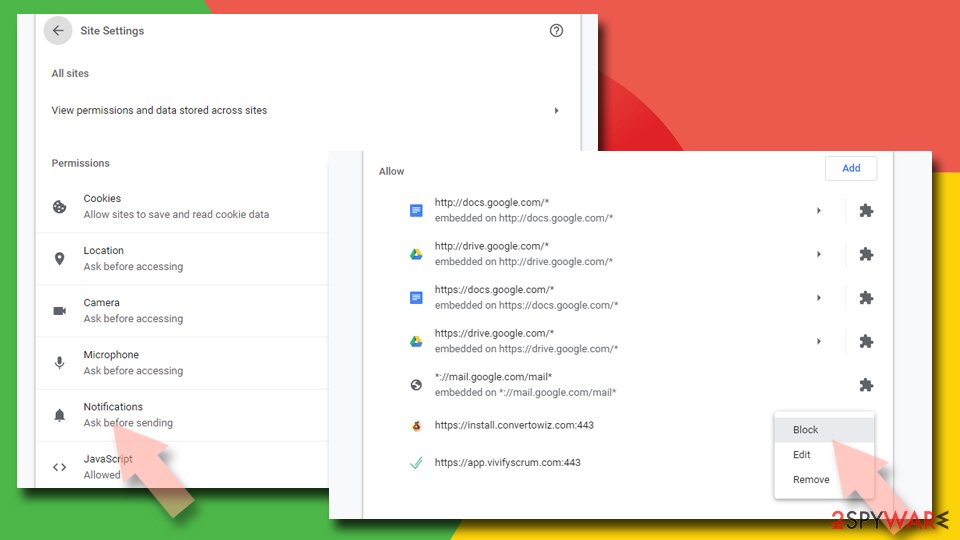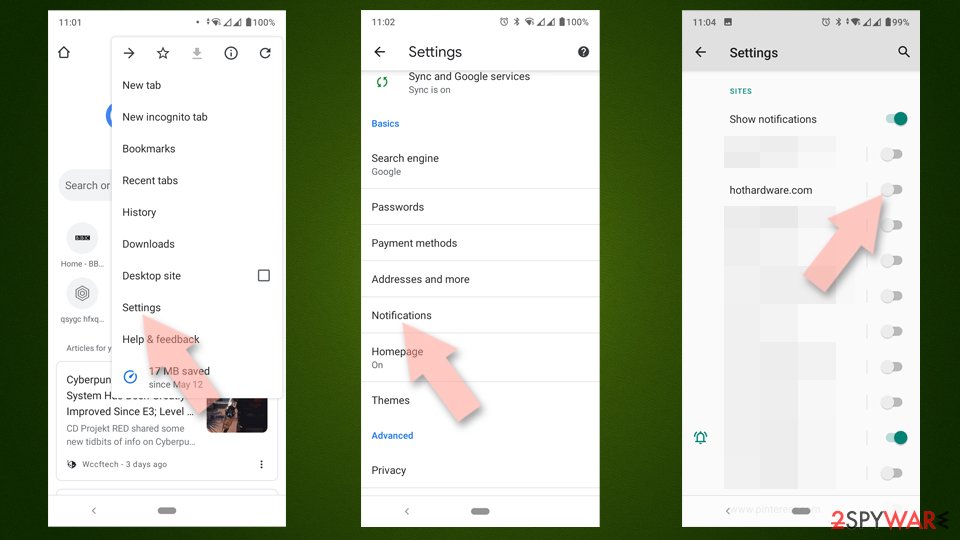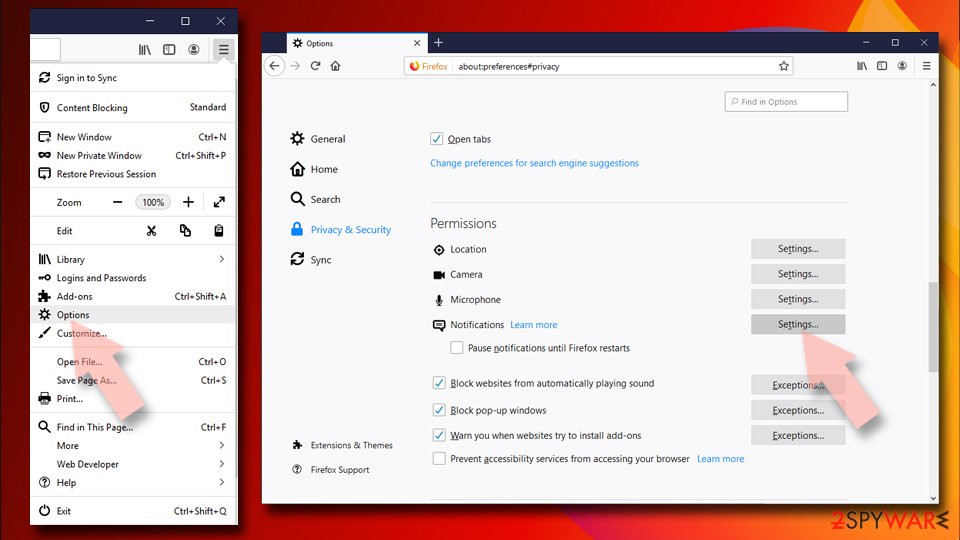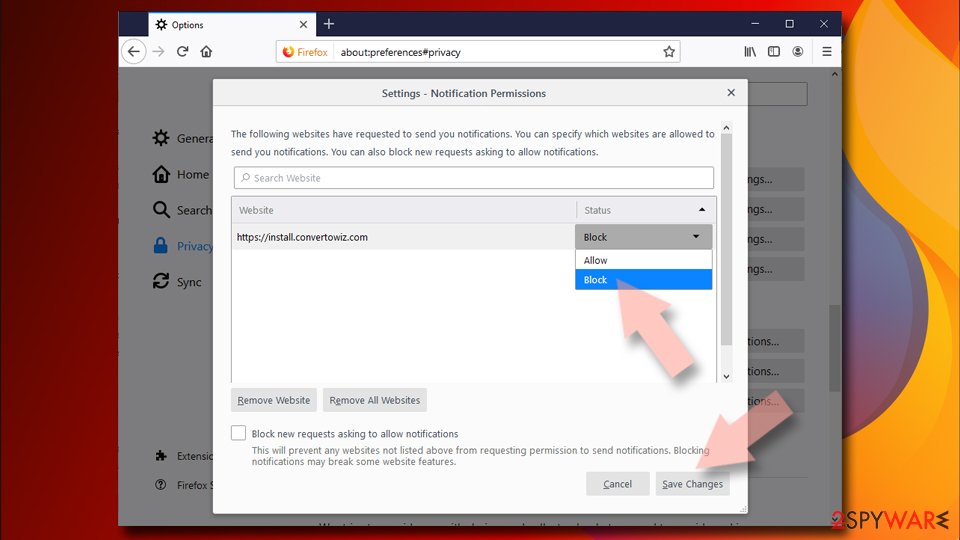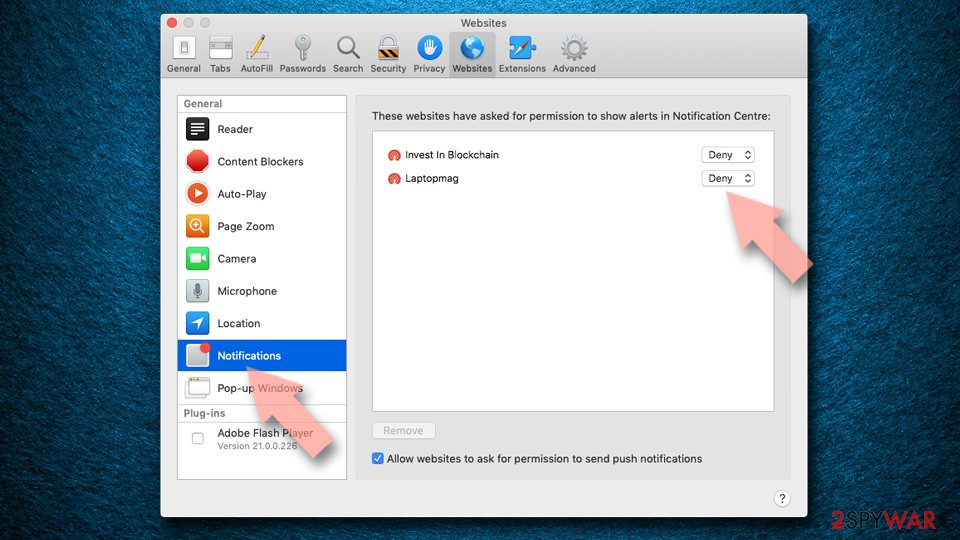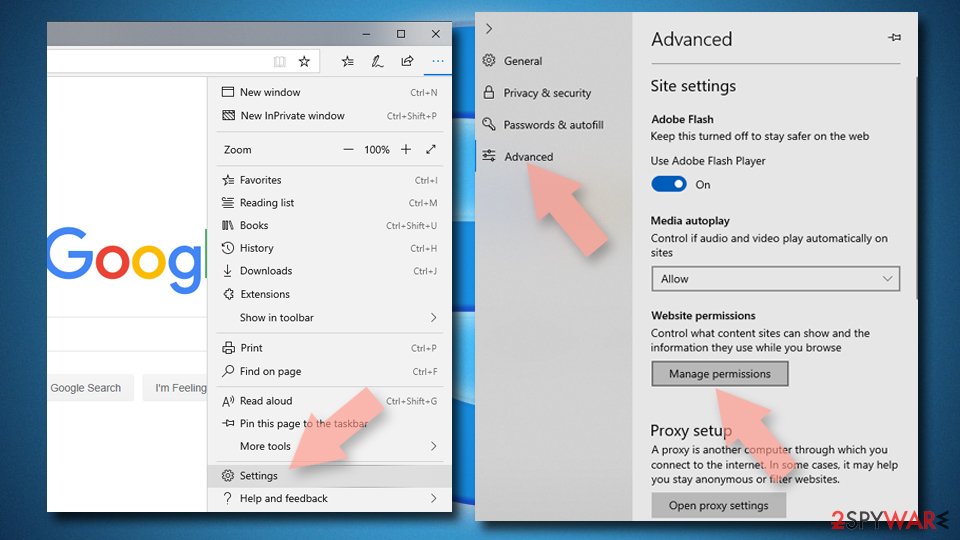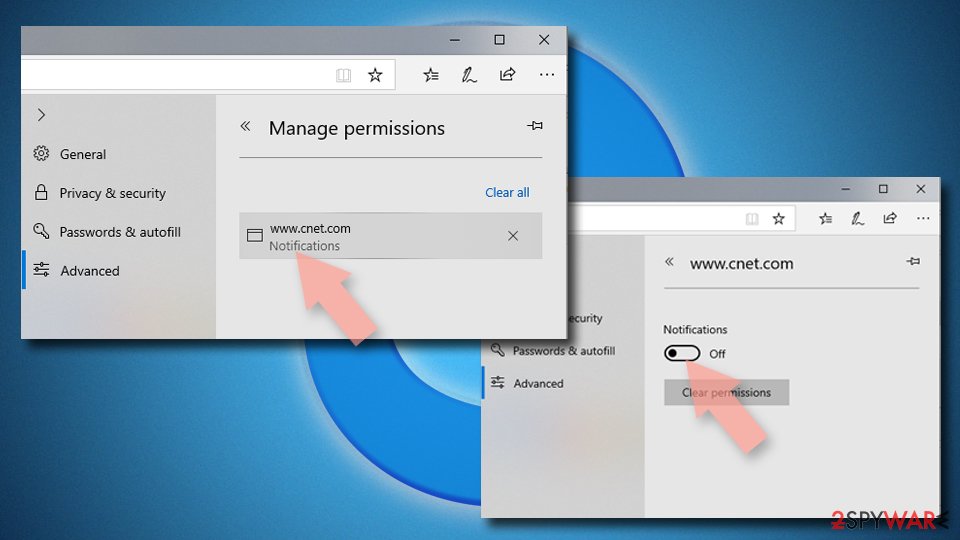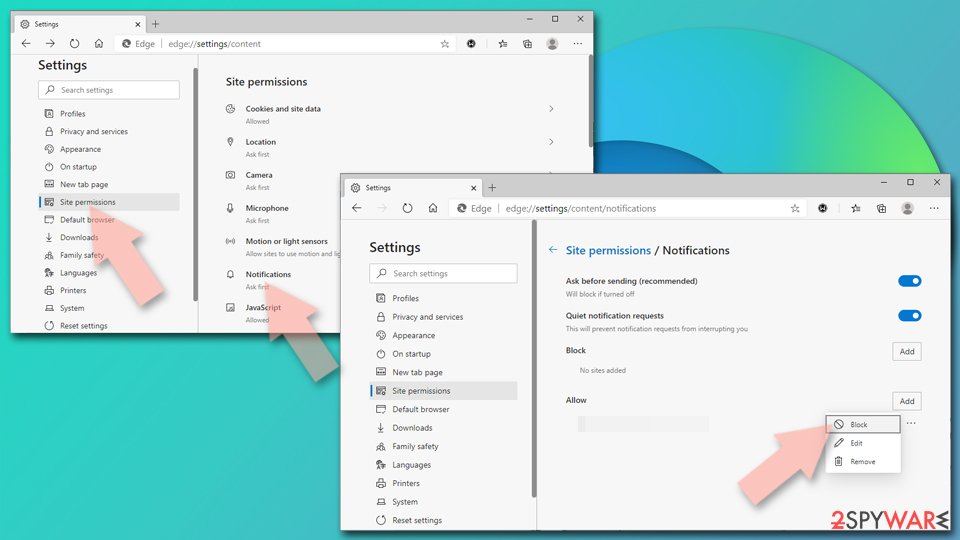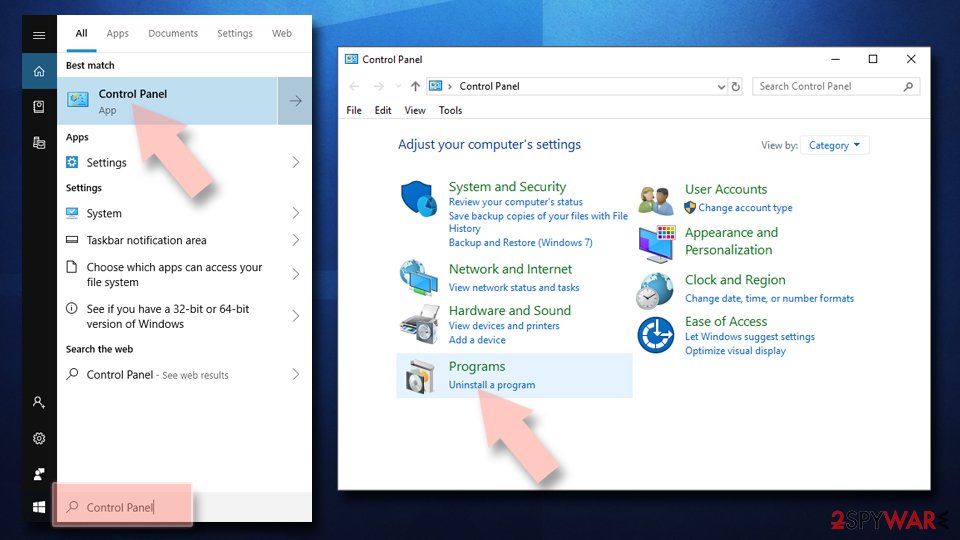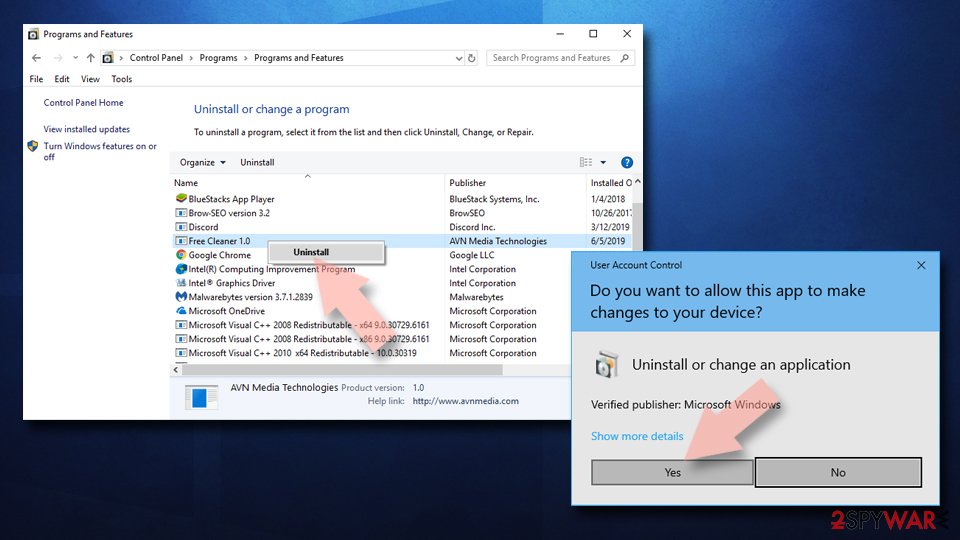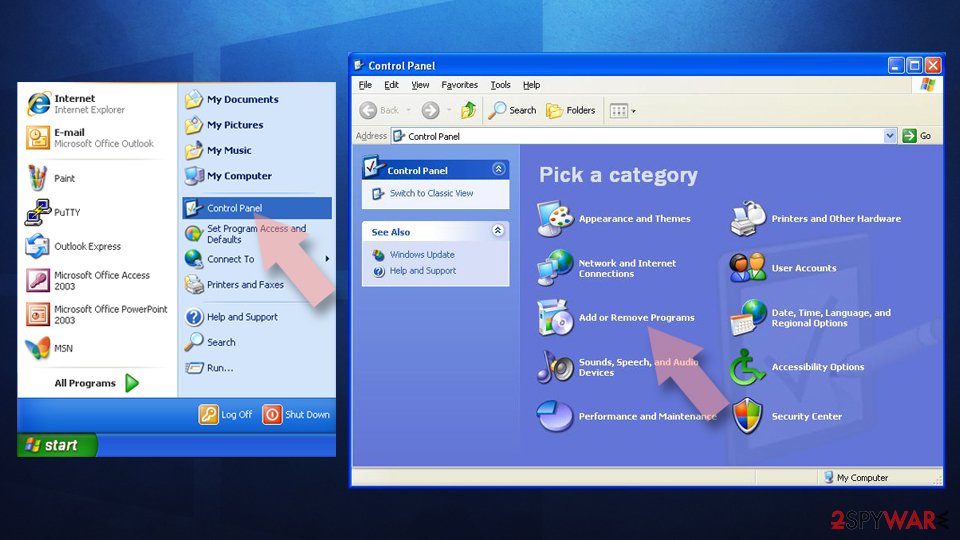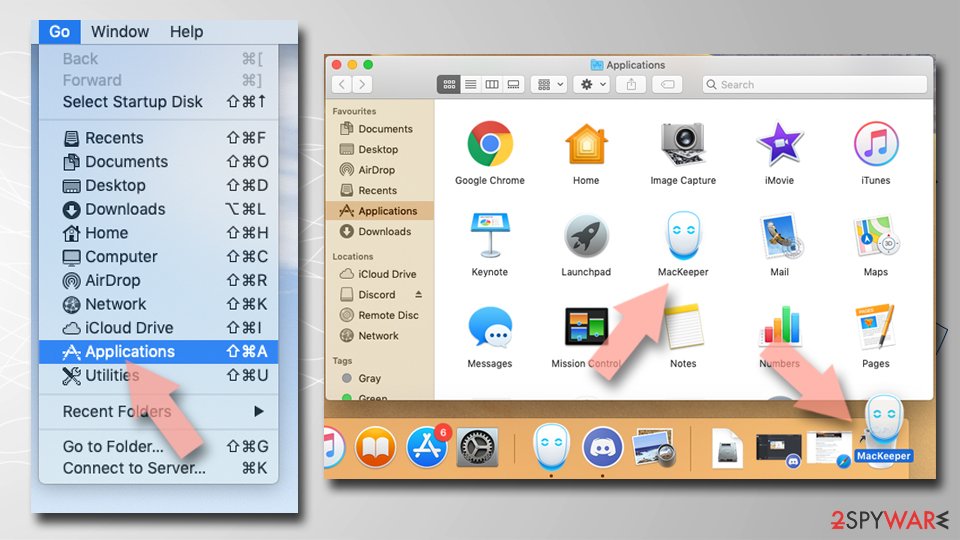Captchaglow.top ads (fake) - Free Guide
Captchaglow.top ads Removal Guide
What is Captchaglow.top ads?
Captchaglow.top is a push notification scam created by crooks to generate revenue

Some websites use tactics that trick people into subscribing to push notifications. Push notifications are messages that are sent from a website to a user's web browser or device, even when the user is not actively using the website. These notifications can be used to alert users to new content or updates on a website, but they can also be intrusive and disruptive if they are sent excessively.
To trick people into subscribing to push notifications, some websites use misleading language or pop-up boxes that are designed to confuse users. For example, Captchaglow.top displays a message that says “Click Allow to confirm that you are not a robot.” If the user clicks the button, they will unknowingly subscribe to receive push notifications from the website.
To avoid being tricked into subscribing to push notifications, users should be cautious when clicking on pop-up boxes or buttons on websites. They can also check their web browser settings to manage their push notification subscriptions and block unwanted notifications.
| NAME | Captchaglow.top |
| TYPE | Push notification spam; adware |
| SYMPTOMS | Pop-up ads start appearing in the corner of the screen sometimes even when the browser is closed |
| DISTRIBUTION | Shady websites; deceptive ads; freeware installations |
| DANGERS | The pop-ups can expose people to inappropriate content like adult, gambling sites, and even scams |
| ELIMINATION | To eliminate push notifications go to your browser settings |
| FURTHER STEPS | Use FortectIntego to clear your browsers and fix performance issues |
Dangers of push notification spam
Crooks can use push notifications to generate revenue from pay-per-click advertising. However, these ads may be dangerous. They may lead to sites that try to trick people into installing PUPs (potentially unwanted programs)[1] or even malware. Users should be careful and not click on any links embedded in these pop-ups because they may be placed by rouge advertising networks.
Distribution methods
Captchaglow.top and other similar pages are often stumbled upon by users who have been browsing through shady websites. These pages may be associated with illegal activities, such as illegal streaming.[2] They are often unregulated and full of deceptive ads and redirects.
In some cases, the appearance of scam pages can be caused by adware.[3] Adware is a type of software that is supported by advertising and generates commercial content, such as pop-ups, banners, and redirects. It runs in the background without the user's knowledge, causing the unwanted behavior.

Disable the notifications
Pop-up ads can be annoying and disruptive to the user experience. They can also slow down a website's performance and make it difficult to navigate. Many web browsers include features that block pop-up ads, and users can also install third-party software to block these ads. If you have had enough of annoying ads, you can disable Captchaglow.top permissions by going to your browser settings:
Google Chrome (desktop):
- Open Google Chrome browser and go to Menu > Settings.
- Scroll down and click on Advanced.
- Locate the Privacy and security section and pick Site Settings > Notifications.
![Stop notifications on Chrome PC 1 Stop notifications on Chrome PC 1]()
- Look at the Allow section and look for a suspicious URL.
- Click the three vertical dots next to it and pick Block. This should remove unwanted notifications from Google Chrome.
![Stop notifications on Chrome PC 2 Stop notifications on Chrome PC 2]()
Google Chrome (Android):
- Open Google Chrome and tap on Settings (three vertical dots).
- Select Notifications.
- Scroll down to Sites section.
- Locate the unwanted URL and toggle the button to the left (Off setting).
![Stop notifications on Chrome Android Stop notifications on Chrome Android]()
Mozilla Firefox:
- Open Mozilla Firefox and go to Menu > Options.
- Click on Privacy & Security section.
- Under Permissions, you should be able to see Notifications. Click Settings button next to it.
![Stop notifications on Mozilla Firefox 1 Stop notifications on Mozilla Firefox 1]()
- In the Settings – Notification Permissions window, click on the drop-down menu by the URL in question.
- Select Block and then click on Save Changes. This should remove unwanted notifications from Mozilla Firefox.
![Stop notifications on Mozilla Firefox 2 Stop notifications on Mozilla Firefox 2]()
Safari:
- Click on Safari > Preferences…
- Go to Websites tab and, under General, select Notifications.
- Select the web address in question, click the drop-down menu and select Deny.
![Stop notifications on Safari Stop notifications on Safari]()
MS Edge:
- Open Microsoft Edge, and click the Settings and more button (three horizontal dots) at the top-right of the window.
- Select Settings and then go to Advanced.
- Under Website permissions, pick Manage permissions and select the URL in question.
![Stop notifications on Edge 1 Stop notifications on Edge 1]()
- Toggle the switch to the left to turn notifications off on Microsoft Edge.
![Stop notifications on Edge 2 Stop notifications on Edge 2]()
MS Edge (Chromium):
- Open Microsoft Edge, and go to Settings.
- Select Site permissions.
- Go to Notifications on the right.
- Under Allow, you will find the unwanted entry.
- Click on More actions and select Block.
![Stop notifications on Edge Chromium Stop notifications on Edge Chromium]()
Clear your browsers from cookies
Shady websites you visit can use cookies to collect data about your browsing activities, including your IP address, geolocation, links you click on, and purchases you make online. This information can be sold to advertising networks or other third parties for profit.
To prevent this from happening, you should regularly clear your browser cookies and cache. Using a maintenance tool like FortectIntego can make this process easier and also help fix system errors, corrupted files, and registry issues that may arise, particularly after a virus infection.
Adware removal
If the previous removal method did not work and you are still experiencing symptoms like an increased amount of commercial content, banners, surveys, or redirects, you may be infected with adware. Adware programs often infiltrate systems as bundled software from freeware distribution sites.
To avoid this, you should always choose the “Custom” or “Advanced” installation methods and read the Privacy Policy and Terms of Use to learn more about the program. It is important to carefully review the list of files and uncheck any that are unrelated to the program you are installing.
If you are unsure which app is causing these unwanted activities, you can use professional security software like SpyHunter 5Combo Cleaner or Malwarebytes to perform a full system scan and remove the adware automatically. These tools can also prevent future infections by warning you of potentially harmful software. If you prefer to remove the adware manually, here are step-by-step instructions for Windows and macOS:
Instructions for Windows 10/8 machines:
- Enter Control Panel into Windows search box and hit Enter or click on the search result.
- Under Programs, select Uninstall a program.
![Uninstall from Windows 1 Uninstall from Windows 1]()
- From the list, find the entry of the suspicious program.
- Right-click on the application and select Uninstall.
- If User Account Control shows up, click Yes.
- Wait till uninstallation process is complete and click OK.
![Uninstall from Windows 2 Uninstall from Windows 2]()
Windows 7/XP:
- Click on Windows Start > Control Panel located on the right pane (if you are Windows XP user, click on Add/Remove Programs).
- In Control Panel, select Programs > Uninstall a program.
![Uninstall from Windows 7/XP Uninstall from Windows 7/XP]()
- Pick the unwanted application by clicking on it once.
- At the top, click Uninstall/Change.
- In the confirmation prompt, pick Yes.
- Click OK once the removal process is finished.
For macOS users:
- From the menu bar, select Go > Applications.
- In the Applications folder, look for all related entries.
- Click on the app and drag it to Trash (or right-click and pick Move to Trash)
![Uninstall from Mac 1 Uninstall from Mac 1]()
To fully remove an unwanted app, you need to access Application Support, LaunchAgents, and LaunchDaemons folders and delete relevant files:
- Select Go > Go to Folder.
- Enter /Library/Application Support and click Go or press Enter.
- In the Application Support folder, look for any dubious entries and then delete them.
- Now enter /Library/LaunchAgents and /Library/LaunchDaemons folders the same way and terminate all the related .plist files.
![Uninstall from Mac 2 Uninstall from Mac 2]()
How to prevent from getting adware
Do not let government spy on you
The government has many issues in regards to tracking users' data and spying on citizens, so you should take this into consideration and learn more about shady information gathering practices. Avoid any unwanted government tracking or spying by going totally anonymous on the internet.
You can choose a different location when you go online and access any material you want without particular content restrictions. You can easily enjoy internet connection without any risks of being hacked by using Private Internet Access VPN.
Control the information that can be accessed by government any other unwanted party and surf online without being spied on. Even if you are not involved in illegal activities or trust your selection of services, platforms, be suspicious for your own security and take precautionary measures by using the VPN service.
Backup files for the later use, in case of the malware attack
Computer users can suffer from data losses due to cyber infections or their own faulty doings. Ransomware can encrypt and hold files hostage, while unforeseen power cuts might cause a loss of important documents. If you have proper up-to-date backups, you can easily recover after such an incident and get back to work. It is also equally important to update backups on a regular basis so that the newest information remains intact – you can set this process to be performed automatically.
When you have the previous version of every important document or project you can avoid frustration and breakdowns. It comes in handy when malware strikes out of nowhere. Use Data Recovery Pro for the data restoration process.
- ^ Chris Hoffman. PUPs Explained: What is a “Potentially Unwanted Program”?. Howtogeek. Technology Magazine.
- ^ Brittni Devlin. Why Should You Avoid Illegal Streaming Sites?. Makeuseof. Tech Insights.
- ^ Adware. Malwarebytes. Cybersecurity Basics.
